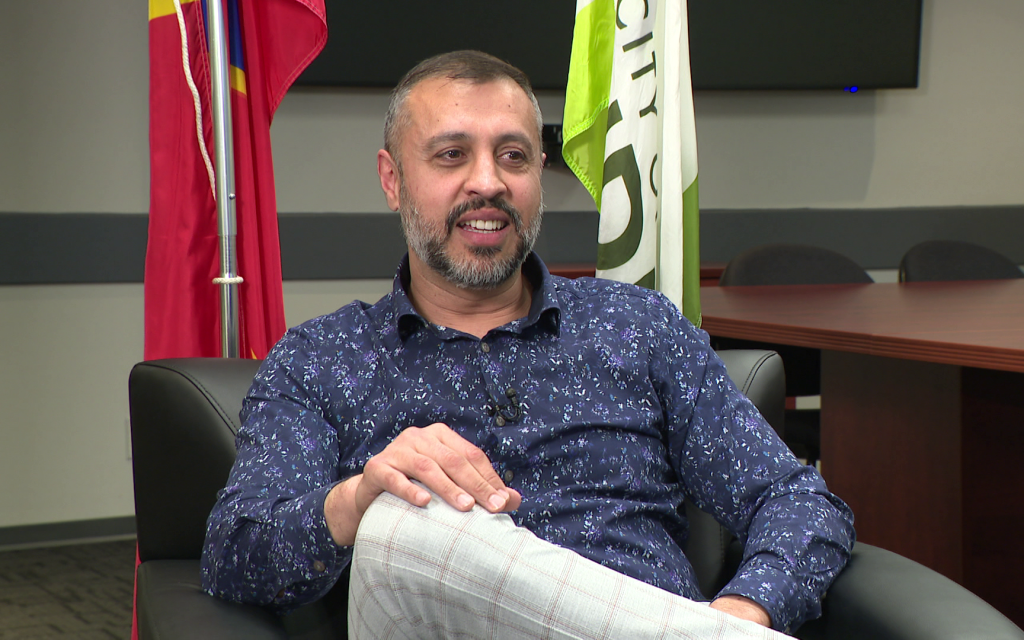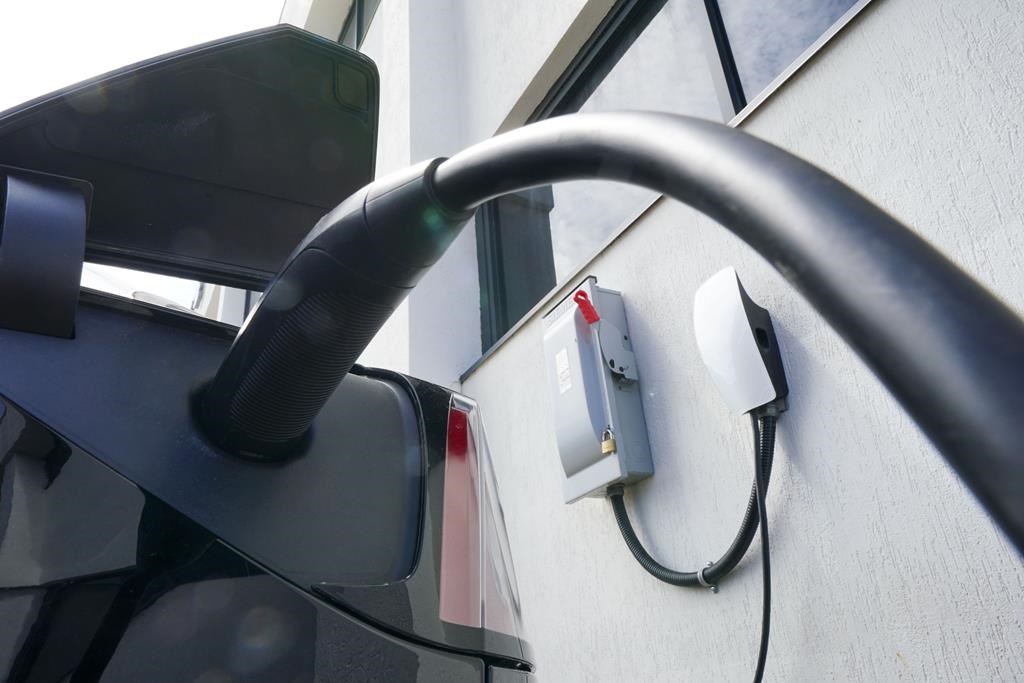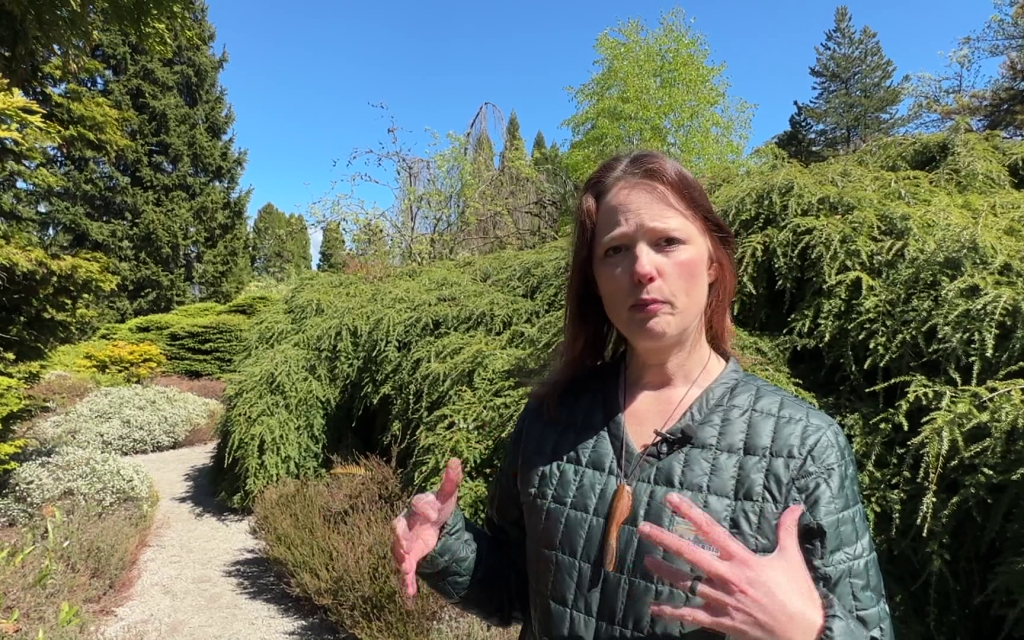Surrey teacher says more support needed for anti-racism education
Posted June 9, 2021 7:44 pm.
Last Updated June 9, 2021 8:10 pm.
SURREY (NEWS 1130) — A Surrey teacher says there are still too many barriers to teaching anti-racism in schools, and the burden is too often placed on individual teachers to make up for systemic shortcomings.
Annie Ohana, a social justice teacher at L.A. Matheson Secondary School, says educators in this province’s schools don’t have what they need.
“I literally have to put together other resources that take us outside of our textbooks, outside of what is the curriculum. If you talk to teachers who do this work, and a lot of teachers do this work, we find ourselves needing to make our own products,” she says.
“What I always tell folks is the intent is always there to do good to try more. But the resources, the money to actually pay people properly if you want to bring in for example, Indigenous facilitators, or knowledge keepers — that’s not there yet.”
With last months discovery of the remains of 215 children at a residential school site in Kamloops, Sunday’s hate-motivated killing of a Muslim family in London Ont., and the increase in police-reported hate crimes during the pandemic — Ohana says teaching students about systemic racism, and prioritizing diversity and inclusion are crucial.
“This is something we really have to look into at a systemic level. One way to do it is that we need to stop following this idea that Canada’s amazing and these are aberrations. The system was built to do this,” she explains.
There are a wealth of resources for anyone who wants to teach history in a way that focuses on the contributions and experiences of the white and European people who held power, according to Ohana.
“If you follow the dominant narratives — there’s so much there. What’s in our curriculum is still very much that settler-colonial model. There’s a lot of histories missing in what we to teach,” she says.
“Do you have the headspace? Do you have the emotional capacity Do you have enough energy that to do that further digging? Because it does take a lot to get done.”
RELATED STORIES:
-
Education key in tackling Islamophobia, anti-Muslim bigotry: B.C. advocate
-
‘From two universities I did not know’: B.C. premier says more Indigenous history education needed
Ohana says schools are making strides with anti-racism work, but it needs to go beyond concepts of “multiculturalism,” and “tolerance.” Instead, she thinks human rights, equity, and diversity should be the focus. This means not only focusing on the oppression of BIPOC people and communities throughout history.
“You don’t want to just victimize people forever. The contributions that they made are as valuable — if not more so — because typically in textbooks you don’t celebrate them. We need to really show that this country that is called Canada, that it was built on so much more than just like white folks and white stories. ”
Scholls, Ohana notes, don’t exist in a vaccuum and can’t completely insulate students from being radicalized or adopting white supremacist ideology. However, she thinks anti-racism education can “build a wall build a wall high enough that those negative forces don’t deplete it so much.”
The fact that the man arrested and charged with killing four members of the same family in London., Ont was only 20 does give Ohana pause.
“People my age would have taught this person five years ago, in high school. I think there must have been some education there to think about human rights, probably they went to school with people who were Muslim. But the more education we can do, the better,” she says, adding schools aren’t the only sites for learning.
A lot of amazing community effort is made from gurdwaras, to temples, to mosques to invite people in. I think the more work we do in our everyday lives, the easier this is going to be. don’t be afraid of people different from you. Don’t be afraid of people that might disagree with you.”










